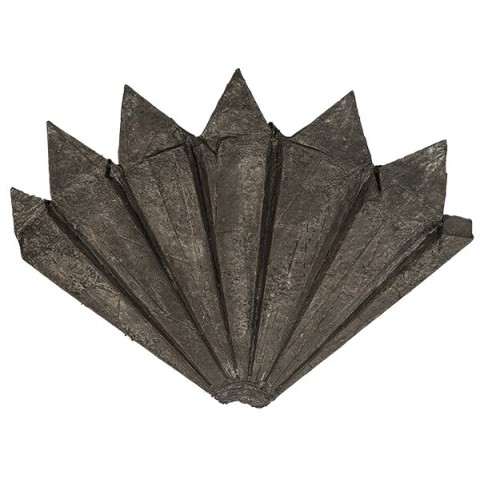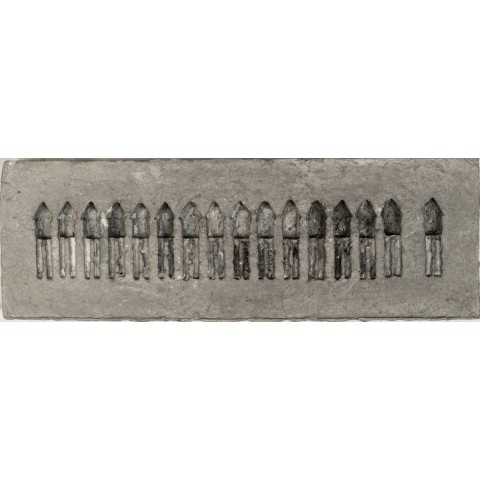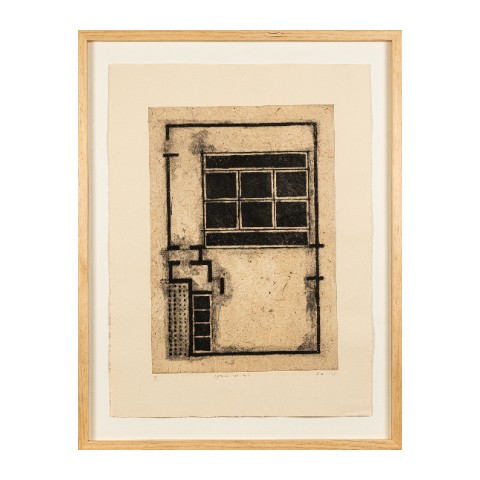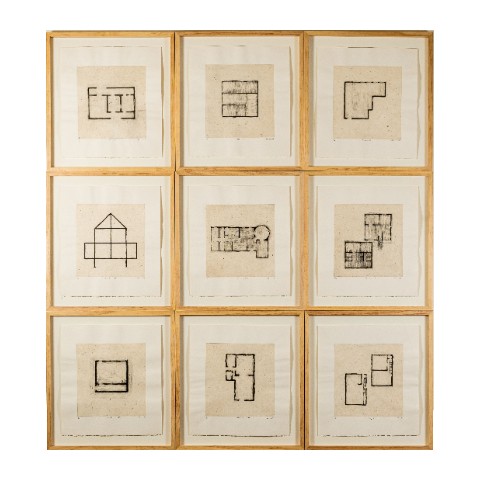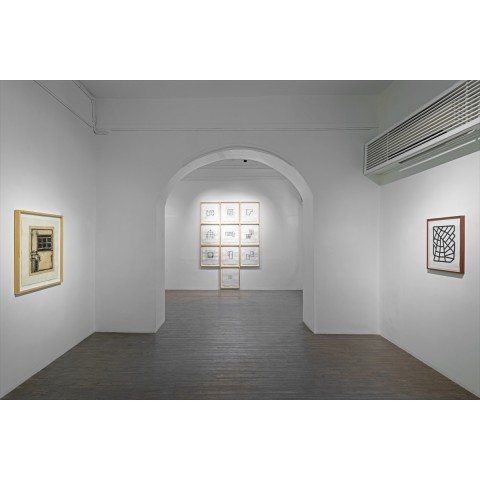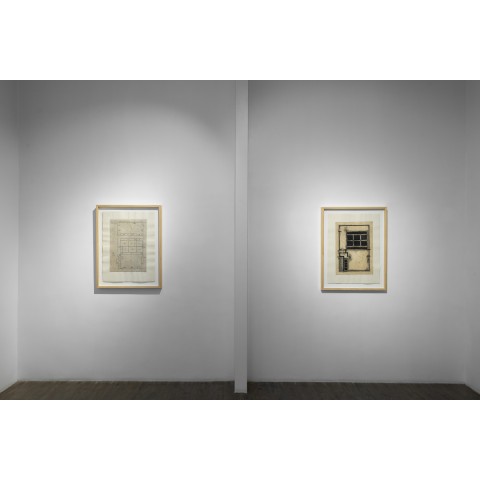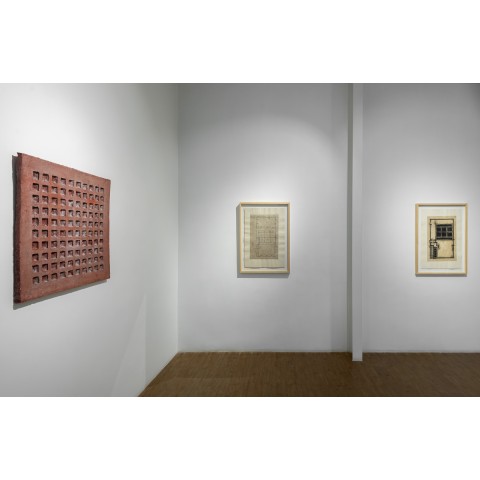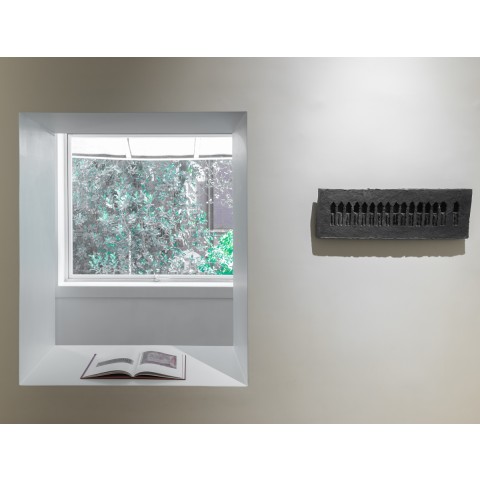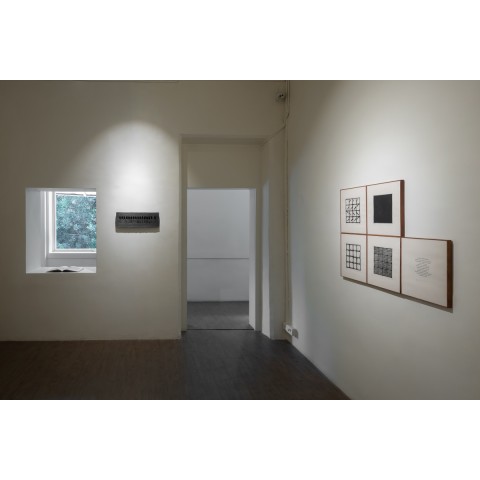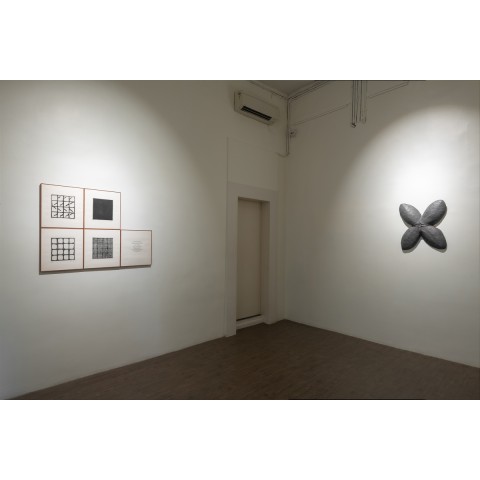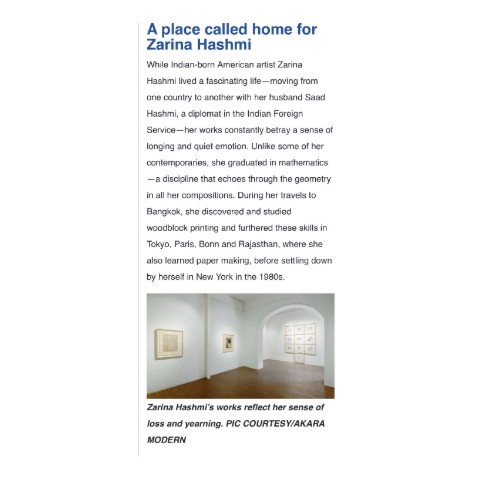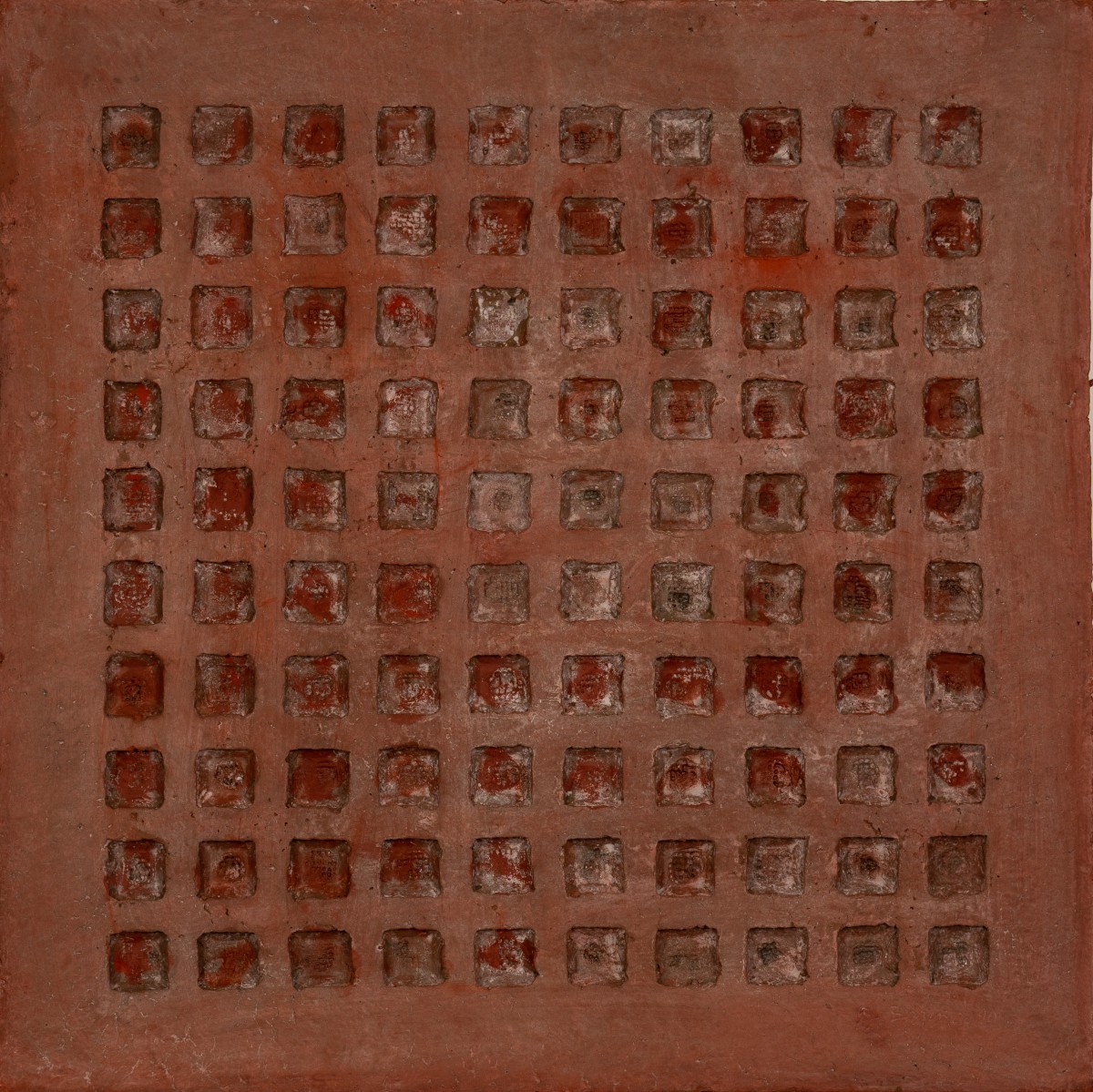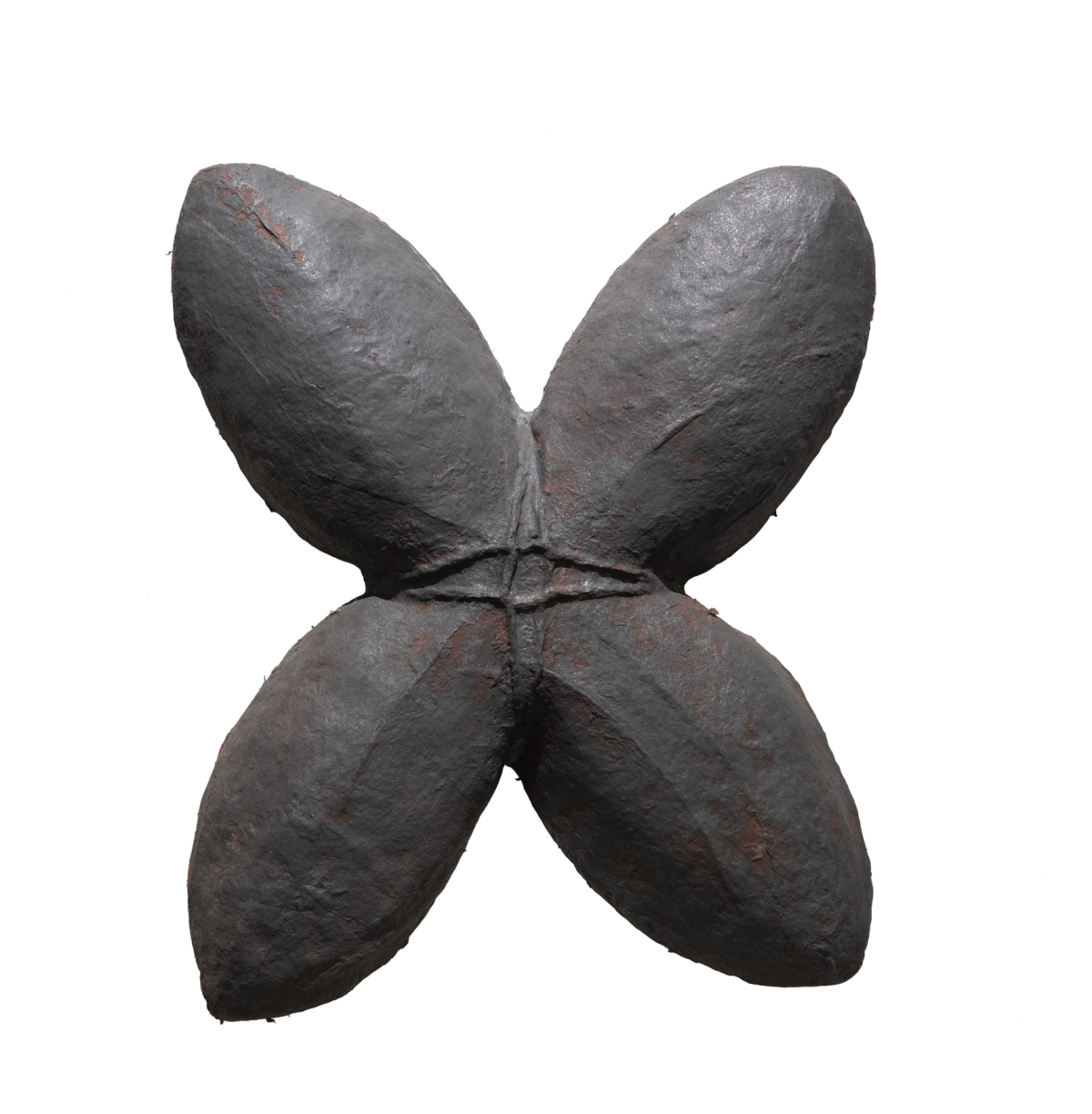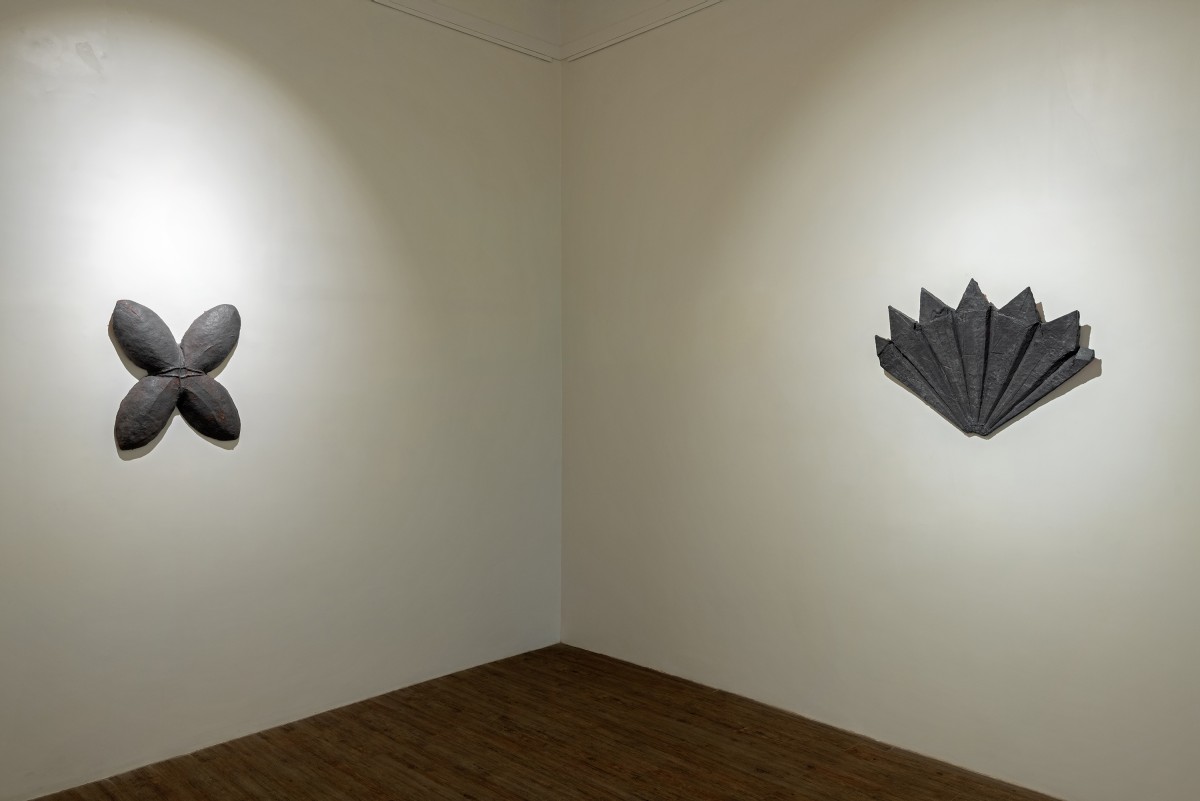
ZARINA 1980 - 2000: THE NOSTALGIC DECADES
June 08 - August 01 , 2023
Zarina
Hashmi came to art late in life and found her true voice even later. Born in a
home full of books rather than paintings in the north Indian city of Aligarh, she
graduated in mathematics, a discipline aligned with the geometry of her later
compositions. She married a diplomat and travelled the world with him,
discovering and studying woodblock printmaking in Bangkok, widening and honing
her skills in Tokyo, Paris and Bonn, learning paper making in Rajasthan, before
settling down by herself in a New York City loft that bore little resemblance
to the opulent homes she had previously occupied. Her itinerance is detailed in
one of her first great series of prints: Homes
I Made: A Life in Nine Lines, a centerpiece of the present exhibition, which
was created in 1997 when the artist was 60 years old and at the peak of her
powers.
Zarina’s
work from the 1980s until the start of the new millennium was driven by nostalgia.
The word was coined by a Swiss doctor in the 17th century from the
Greek words ‘nostos’ meaning the return home, and ‘algos’ meaning pain. The
doctor used it to describe a severe, often debilitating homesickness felt by
Swiss mercenaries who had accepted military service far from their peaceable homeland.
In the twentieth century, literary and artistic nostalgia was sharpened by the
understanding that there was no home to go back to. The pace of change had
grown so rapid that emotional connections could no longer be recovered through
the act of return. This was certainly true for Zarina, many of whose family
members, including her sister Rani with whom she shared the deepest of bonds,
migrated to the newly formed state of Pakistan in the years following 1947. She
was beset by a feeling of being uprooted and adrift even as she fashioned a
successful life in New York City as a printmaker and member of the feminist
arts collective Heresies. Her homesickness, however, unlike that of the 17th
century Swiss mercenaries, was enabling rather than debilitating.
Her
breakthrough as an artist came when she began combining nostalgic memories with
her interest in architecture and attraction to spare form. In the 1980s, she
employed the unusual medium of cast paper to make a number of monochromatic
sculptures; one of a flower from a garden whose fragrance lingered in her mind;
another of a row of neo-Gothic arches, emblems of colonial cities; a third of a
grid that brought to mind the red sandstone of Fatehpur Sikri whose
architecture she loved, as also the jalis
of zenanas, perhaps the most fabulous of which are found in Mehrangarh Fort in
the state where she learned to make paper.
Through the
course of the succeeding decade, nostalgic references became more explicit,
permeating Zarina’s work in her field of technical expertise, printmaking. She
had since the 1970s placed herself within a tradition of minimalism that
included figures she admired like Kazimir Malevich and Carl Andre, creating
silkscreens with geometric black Tangram-like shapes and delicate
white-on-white embossed compositions. She now brought to that history of
minimalism an emotive, autobiographical dimension it had hitherto lacked, so
much so that the phrase ‘autobiographical minimalism’ would have felt
self-contradictory before Zarina’s prints of the 1990s.
The
unlikely vehicles for her expressive nostalgia were floor plans: of her
father’s house in Aligarh and other dwellings she had inhabited around the
globe. Diagrammatic floor plans are among the most utilitarian of illustrations
but, in Zarina’s hands, with a few carefully crafted stains and smudges
disturbing their strict linearity and the addition of evocative titles, they became
carriers of profound emotion, effectively conveying her sense of loss,
displacement, and yearning.
The attacks
on the World Trade Centre in her adopted home city on September 11, 2001, and
the wars in Afghanistan and Iraq that followed, altered the trajectory of her artistic
development. She delved into geopolitical and civilizational clashes involving
the Islamic world broadly defined, depicting aerial views of contested lands
and cities in conflict zones. At the root of these explorations lay the trauma
of Partition, symbolized by the Radcliffe line dividing India from Pakistan
which appeared more than once in her work in this period. While she did not
abandon intimate, personal narratives entirely, they ceased to dominate her
output.
Her work in
the last two decades of her life leading up to her death in 2020 was always
rigorous and consistently evolving. She had used gold ink occasionally in past
years and now regularly employed rich gold leaf in two and three dimensions,
not only for its visual qualities but for its associations with spiritual
purity in different religious traditions. These dazzling, joyous works serve as
a counterpoint to the tales of strife she had narrated in the wake of the 9/11
attack and to stark images of migration and forced exile she crafted in her
final years.
There is so
much to admire across Zarina Hashmi’s oeuvre that it would be unfair to pick
out one period as standing out from others. However, to my mind, if we restrict
ourselves to the sheer emotional impact produced in viewers, which is only one
among many potential vectors of analysis, the groundbreaking nostalgic works of
the 1990s represent the peak of her achievement.
-Text By Girish Shahane


